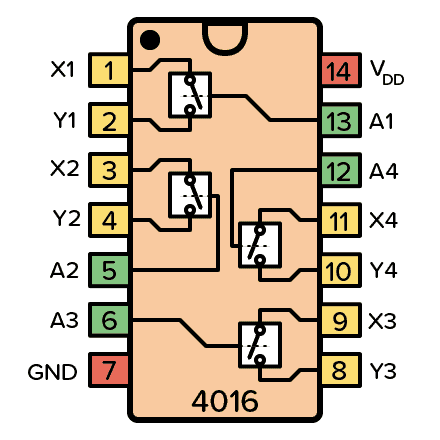A simple circuit to implement the equivalent of a dpdt switch?

Has to be electronic as it has to operate at ~100kHz.
FWIW: This is the sort of thing I was after: https://tinyurl.com/ydvf78ma
Has to be electronic as it has to operate at ~100kHz.
FWIW: This is the sort of thing I was after: https://tinyurl.com/ydvf78ma
Last edited:


